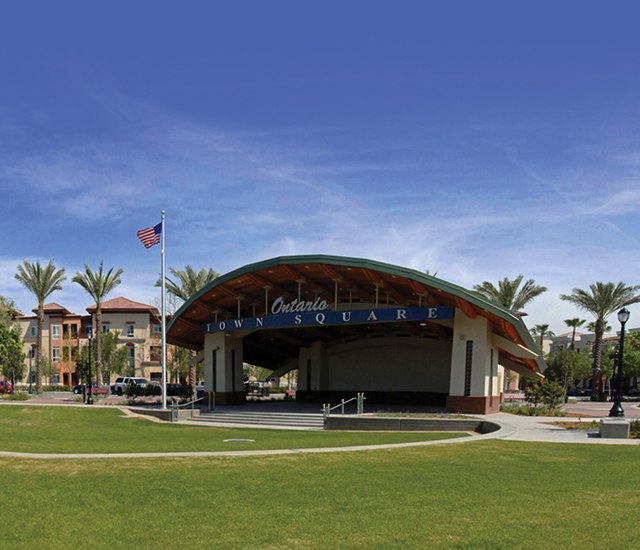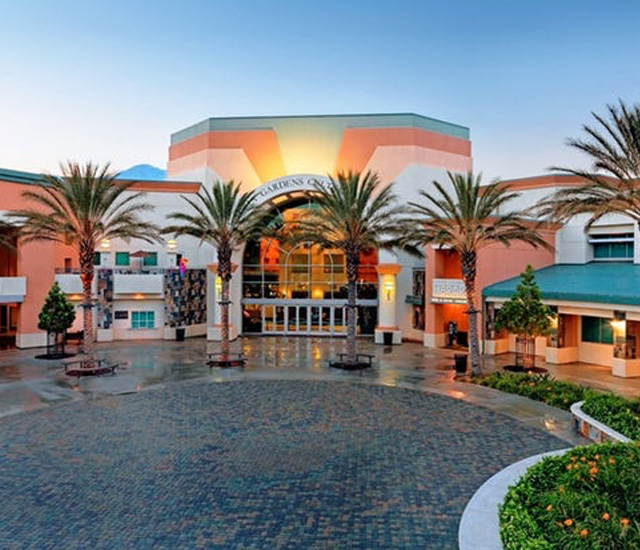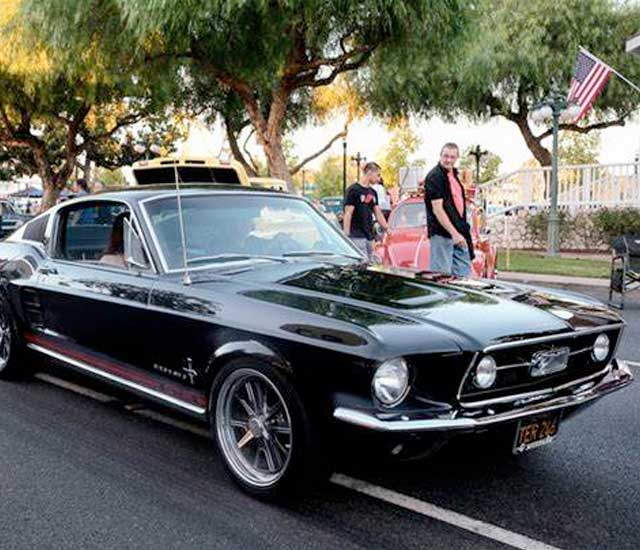by Linda White
To see the original article and images, CLICK HERE
The holidays are now in the rear-view mirror and the new decade seems to be heading down the fast lane. Many people are thinking about their next big adventure. Perhaps, a local road trip to learn more about a piece of Americana, right here in San Bernardino County’s backyard, is the ticket – a day trip down Route 66.
This well-traveled road began in 1926 when this first highway was developed to bring Americans west from Chicago. From Chicago to Santa Monica, Route 66 has many motels and restaurants, as it is one of the top ten most famous roads in the world.
It is also known as America’s Mother Road and many people today may know of it because of the animated Disney film, Cars.
There are over 250 locations on Route 66 that are in the National Register of Historic Places and a few of those are along Route 66 in the Inland Empire.
Pacific Electric Trailhead
The Pacific Electric Trailhead runs right along Route 66 and it continues for over 18.1 miles initiating in Claremont and running all the way to Rialto.
There is jogging, walking and cycling on this multipurpose trail.
“The original train system helped bring in supplies to farmers back in the day,” said Sue Oxarart, director of marketing communications in the Greater Ontario Convention & Visitor’s Bureau. “Some of the original asphalt of Route 66 is preserved at the trailhead in Rancho Cucamonga.”
There is a walking and cycling trail with virtually an outdoor museum featuring some of the original rail system from 1929, as well as 75 Mission grapevines. The area was once rich in citrus and winemaking and these products were transported from the inland area to Los Angeles by this original rail system.
“The Route 66 Cruisin’ Reunion pays homage to this famous highway as well,” said Oxarart. “Over 250,000 people come in from all over the world and 1,000 classic cars will be registered for the event.”
The Cruisin’ Reunion 8th Annual Event will be held on September 18-19, 2020, and it is free to the public.
It is held along the historic tree-lined Euclid Avenue in Ontario and you can view classic cars of all types during this music-filled two-day event.
Cucamonga Service Station
This historical landmark was built over 100 years ago in 1915. This is the last original service station on Route 66 in the Inland Empire.
Yes, there was a time when folks would pull their cars into a service station and an attendant would come out and fill up their tanks, put air in the tires, and check under the hood to see if the car needed any fluids.
Those days may be bygone, but you can still catch a bit of the local history by going through the museum at the station, as the docents are eager to share about the station.
The station went through decades of disrepair before it was made a landmark in 2009 which protected it from being torn down.
In 2013, the Cucamonga Service Station became the property of the Route 66 Inland Empire California Association (IECA). The volunteers in this non-profit worked tirelessly to find funding support, and donors from all over helped with supplying the cement, stucco, paint, gates, windows, and doors – virtually everything for the restoration was funded by donors.
The station was restored to the Richfield Station of the 1930s and 1940s, and it holds museum artifacts and historical content for the public to peruse and enjoy.
“The station hopes to rebuild the service garage in the back of the station which would add room for more museum artifacts and educational materials for visitors,” said Luana Hernandez, Vice President, Route 66 Inland Empire California.
In 2003, the Patel family bought the Wigwam Motel in San Bernardino and restored it to its historic likeness. The motel is maintained by the Patel family, as they are all actively involved in the management of the property, in order to keep this historic site a treasure.
These wigwams, originally established in 1949, give you the sense of an animal-skin teepee. However, they have a poured concrete foundation and wood framing.
In 1933, Frank Redford originally developed the Wigwam “Villages” and they were built to highlight his Native American artifacts. Redford got the idea of the teepee-like rooms from an ice cream stand he had visited in the Long Beach area.
Redford built seven of these Wigwam Motels and today there are only three surviving motels – this one in San Bernardino, one in Arizona, and one in Kentucky – only two, however, are on Route 66.
“Come experience sleeping in a teepee – it is a once in a lifetime experience,” said Samir Patel, general manager of the Wigwam Motel.
Many of the travelers of Route 66 today are from Europe. They plan their vacations to include traveling the 2,448 miles from Chicago to Santa Monica, and they often stay in the Wigwam Motel during their journey.
“We get many European visitors that will rent cars or motorcycles in Chicago and stop at our motel before heading to Santa Monica,” said Patel. “Traveling Route 66 is a very popular driving vacation for international travelers from the United Kingdom, New Zealand and Australia.”
There was a steady flow of traffic in and out of the Wigwam Motel gift shop that is packed with Route 66 memorabilia.
The Wigwam Motel has seen an increase in business since 2010. A popular trend is for baby boomers to celebrate their 66th birthday or 66th wedding anniversary with a road trip on Route 66.
“I’d like to plan a 66th birthday road trip on Route 66 for my dad,” said Lindsay Rae, of Menifee, Calif. “It would be something we could do with the whole family.”






